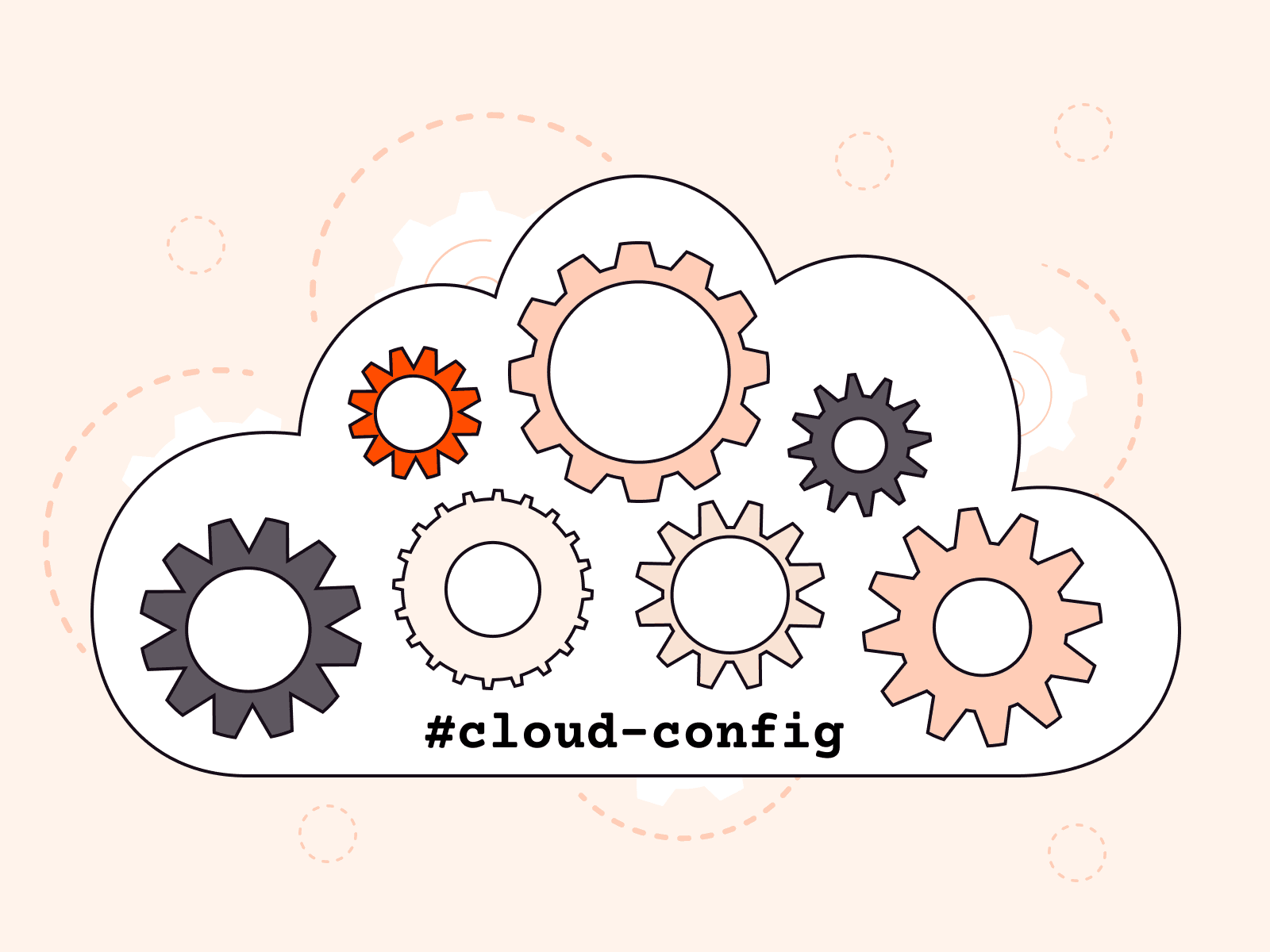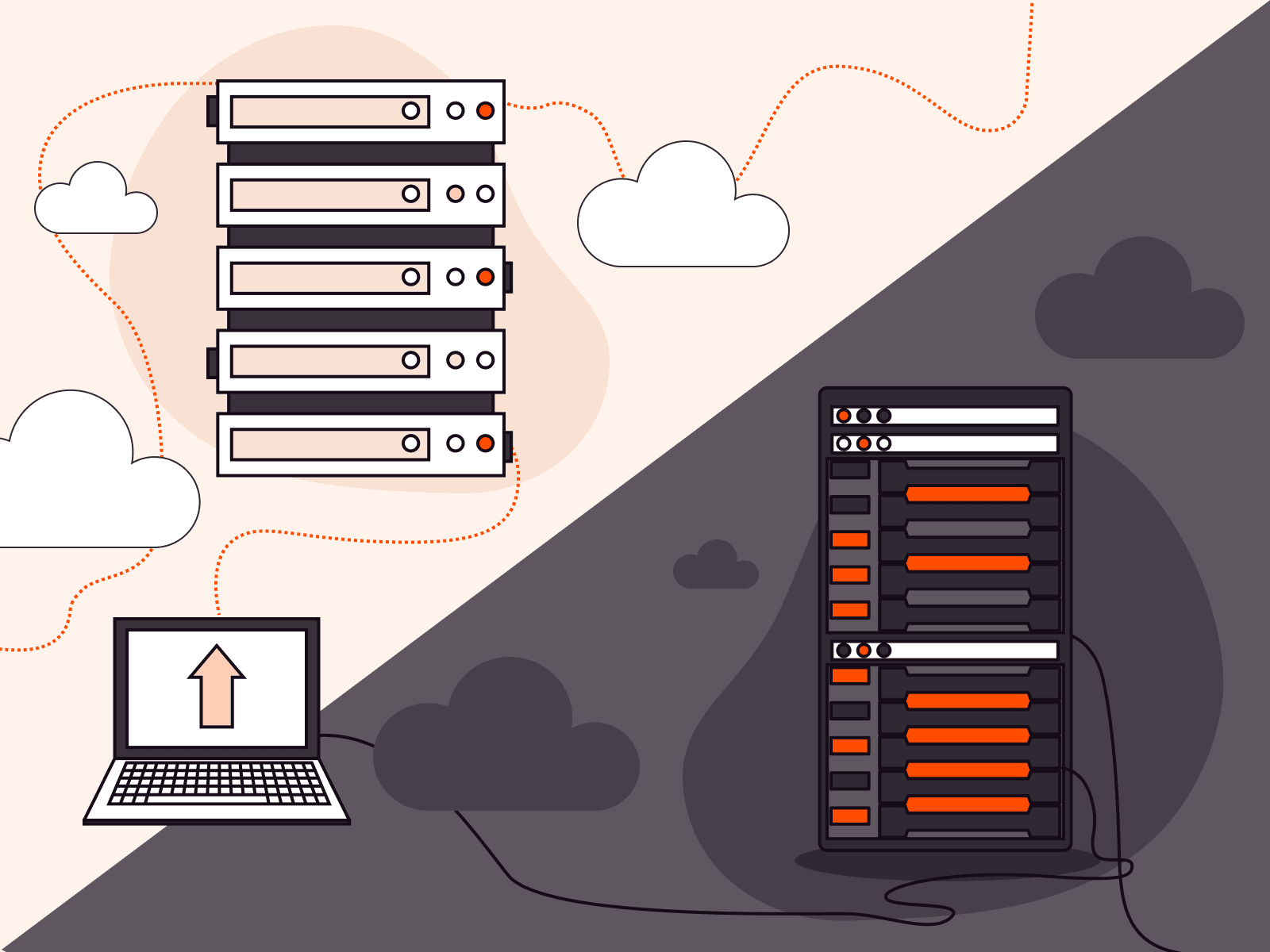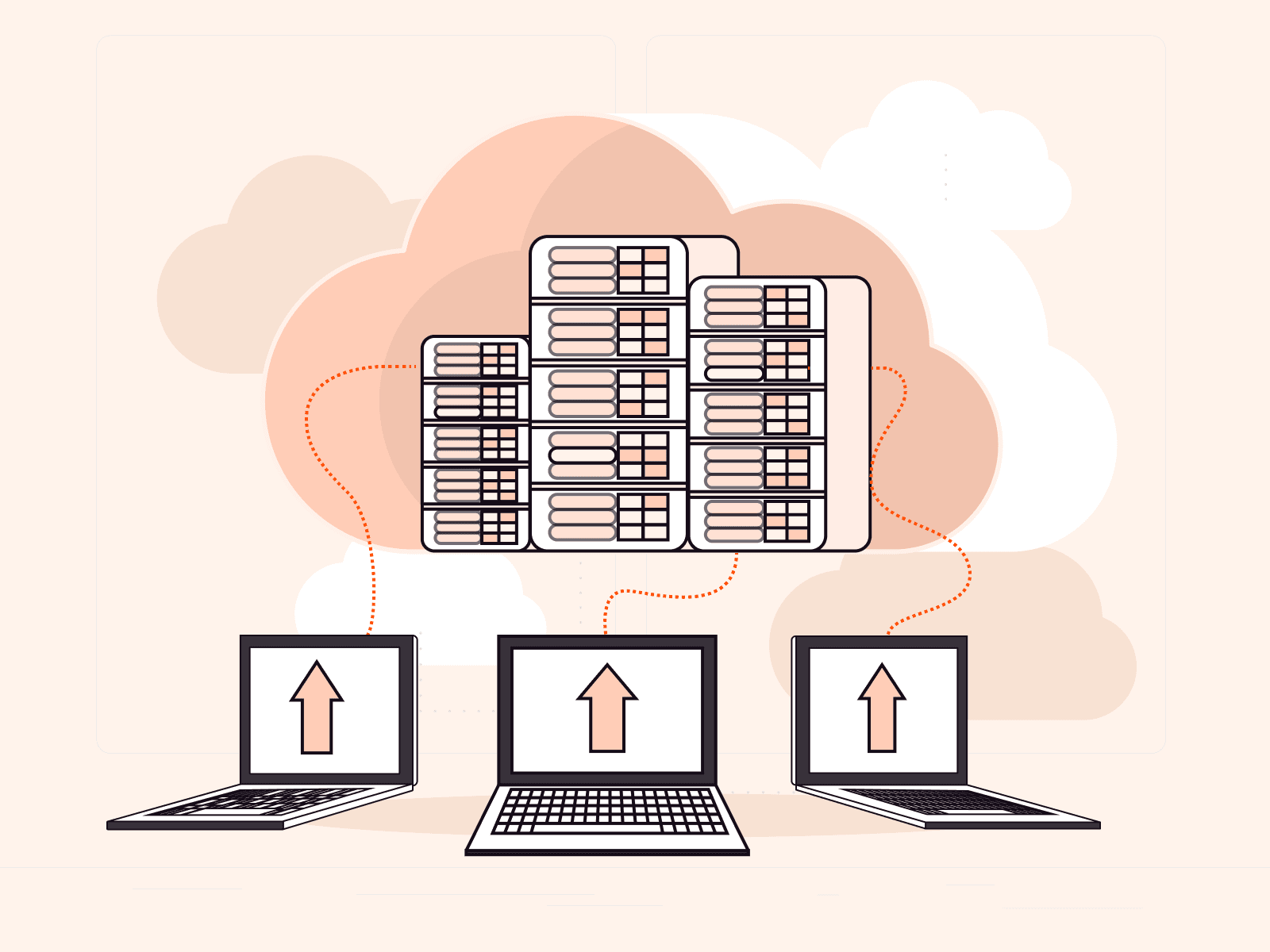In an era of containerization, virtualization, and expanding cloud services, the manual and repetitive tasks of infrastructure configuration and maintenance become overwhelming for IT engineers and costly for companies. Infrastructure as Code (IaC) is an approach to provisioning and managing infrastructure that leverages automation to reduce manual workload. In this article, we’ll explore what IaC is, who needs it and why, and some popular IaC tools.
What Is IaC?
IaC uses code in definition files to configure, provision, manage, and maintain infrastructure. Infrastructure refers to the physical and virtual resources—such as servers, networks, and storage—that are needed to develop, deploy, and support applications and services. IaC aims to replace error-prone manual command execution and UI interactions with automated processes, where engineers specify configurations in files for IaC tools to execute.
IaC can be implemented in two ways: imperative and declarative.
Declarative vs. Imperative Approaches
The imperative, or procedural, approach requires exact instructions or scripts, including the order in which instructions are executed. The approach focuses on describing the precise steps required—“how” to achieve the desired result. It offers more granular control over configuration and deployment because each step must be described in detail. However, the approach also requires in-depth coding skills from engineers and adds complexity to the system. Thus, the imperative approach is most suitable for skilled engineering teams managing ad-hoc environments, such as software development teams, or for one-off infrastructure tasks that don’t require ongoing maintenance.
In contrast, the declarative approach focuses on the “what?” Engineers describe the desired outcome to an IaC tool through configuration files, using a domain-specific language (DSL.) The tool then automates the implementation of the system using its internal algorithms. This approach generally suits repetitive tasks, where multiple systems need to be maintained with similar configurations and stored state. While it offers less flexibility, it is easier to manage, less prone to errors, and demands fewer programming skills.
The following table compares the two approaches to help you choose the right one for your use case:
| Approach | Granularity of control | Required coding skills | Complexity | Fallibility | Stored state |
| Declarative | Low | Low ✔️ | Low ✔️ | Less ✔️ | Yes ✔️ |
| Imperative | High ✔️ | High | High | Higher | No |
In summary, the declarative approach is usually favored for its simplicity: It allows engineers to focus on the goal, not on the actions required to achieve it, and is thus less subject to human error. However, the imperative approach provides greater control and customization opportunities.
Push vs Pull Methods
IaC tools use either push or pull methods for server configuration.
With the push method, the controlling server initiates—“pushes”—configuration on the infrastructure components it controls. The method allows configuration from a single point of execution, which is usually simpler and is preferable when all system components are always known and accessible from the main server. Whenever the configuration changes, the main server pushes the updates immediately, keeping other nodes up to date.
The pull method has each server proactively request—“pull”—configuration from the controlling server. When a change in the configuration is detected, the nodes automatically download the new version and apply necessary changes to align with the desired state. This method is more difficult to set up, generates more traffic, and might cause longer delays between when the configuration is updated and when it’s applied to all infrastructure components. Nevertheless, it’s indispensable when the system doesn’t consist of permanent nodes, or the nodes are hidden behind dynamic IP addresses or firewalls and not available for pushing.

Who Needs IaC?
Any company that manages a web server, cloud services, or at least one software development environment, benefits from IaC. This includes not only IT-focused enterprises but also any modern company grappling with the high costs and complexity of infrastructure tasks. IaC automation streamlines configuration, deployment, and daily operations, enhancing reliability and efficiency.
Here are a few examples of scenarios in which IaC is valuable for efficient DevOps:
- Software development companies requiring multiple environments for testing and staging their products. IaC is essential for rapid provisioning and teardown.
- Companies with many offices. IaC can be used to configure infrastructure uniformly in different locations.
- Companies with a strong focus on DevOps, where frequent redeployment of infrastructure components is common. IaC offers agility and reduces disruptions, even when changes are minor.
However, as is usually the case with IT instruments, not every company or team will benefit from IaC. IaC tools inevitably introduce overhead on the systems in terms of configuration, maintenance, and hardware. When infrastructure is not complicated and when redeployments are rare, engineers might prefer occasional manual operations instead of learning and deploying a whole new set of tools.
Benefits of IaC
IaC significantly reduces manual tasks, freeing engineers from the need to manually configure, deploy, or redeploy infrastructure with every change in requirements. A single configuration can swiftly be applied across multiple environments. Modifications only require updates to configuration files, with deployment and provisioning handled automatically by IaC tools.
This shift allows IT engineers to concentrate on infrastructure design rather than its implementation, freeing up time for more creative tasks. In software development, IaC facilitates a faster CI/CD environment deployment, which contributes to a more efficient development process.
As such, IaC saves time and money for companies dealing with complex infrastructures and repetitive infrastructure-related tasks. More specific examples of the benefits of IaC include:
- Automation of infrastructure deployment: Automation saves time and money and minimizes the inherent risk of human error in manual processes, such as incorrect parameter changes that can lead to service outages.
- Reusable configurations: Existing configurations serve as templates for new or redeployed infrastructure components, eliminating the need to start from scratch.
- Configuration consistency: Automated processes ensure the uniform application of configurations across different infrastructure components, removing variability introduced by manual intervention.
- Version history: IaC definitions stored in version control systems like Git allow for easy rollback to any previous configuration, enhancing reliability.
- Less need for documentation: The descriptive nature of configuration files serves as self-documentation, simplifying understanding and handovers.
- Categorization of IaC components: Organizing configuration definitions by groups facilitates infrastructure maintenance and team collaboration.
- Cost saving: Automation reduces the time and effort required from IT engineers, directly lowering costs.
IaC Tools
An array of tools are available to implement IaC, each catering to different use cases with varying approaches, configuration methods, scripting languages, and configuration file formats. The table below lists popular IaC tools and summarizes the most distinctive features of these tools.
| Tool | Approach | Method | Example use cases |
| Ansible | Declarative | Push | Configuring existing systems, network automation, cross-platform automation, cloud provisioning, and DevOps orchestration |
| Progress Chef | Both | Pull | Initial configuration and maintenance of infrastructure systems |
| Puppet | Declarative | Both | Configuring and provisioning cloud and on-premises infrastructures |
| Salt | Both | Both | Configuration and deployment of complex infrastructures, remote task execution |
| AWS CloudFormation | Declarative | Push | Provisioning and managing AWS-based infrastructures |
| Terraform | Both | Push | Provisioning and managing cloud and on-premises infrastructures |
How Gcore Helps with IaC
At Gcore, we support the IaC approach to configuring the cloud services we provide, and we’re continually enhancing our IaC toolkit.
Using Terraform for infrastructure management streamlines Gcore Edge Cloud resource management. You simply create a declarative configuration file and execute a command, and the rest of the job is automatically done for you: Terraform automates the process, handling API requests and allowing us to configure cloud services seamlessly. Our provider was tested and verified by HashiCorp, Terraform’s developer, and is listed among the verified providers in the Terraform Registry.
In addition to the Terraform provider, we recently released Ansible Galaxy collection, which includes modules for configuring, deploying, and provisioning cloud resources, and for cloud management tasks, including server provisioning, load balancer configuration, and network resource management.
Conclusion
If your company deals with configuring, deploying, and maintaining an infrastructure of any scale, IaC tools offer invaluable benefits, streamlining maintenance, bolstering DevOps practices, and yielding savings in time and cost.
Seeking a dependable cloud provider equipped with leading IaC tools like Ansible and Terraform? Gcore provides comprehensive services and facilitates efficient cloud service configuration.
Related articles
Subscribe to our newsletter
Get the latest industry trends, exclusive insights, and Gcore updates delivered straight to your inbox.






